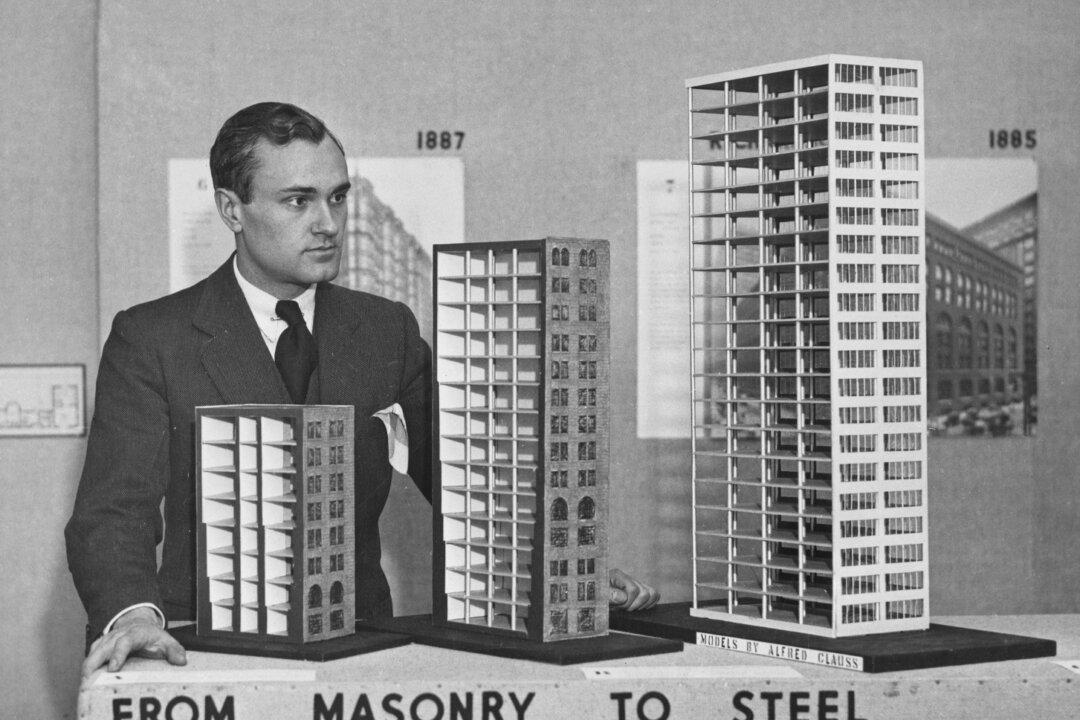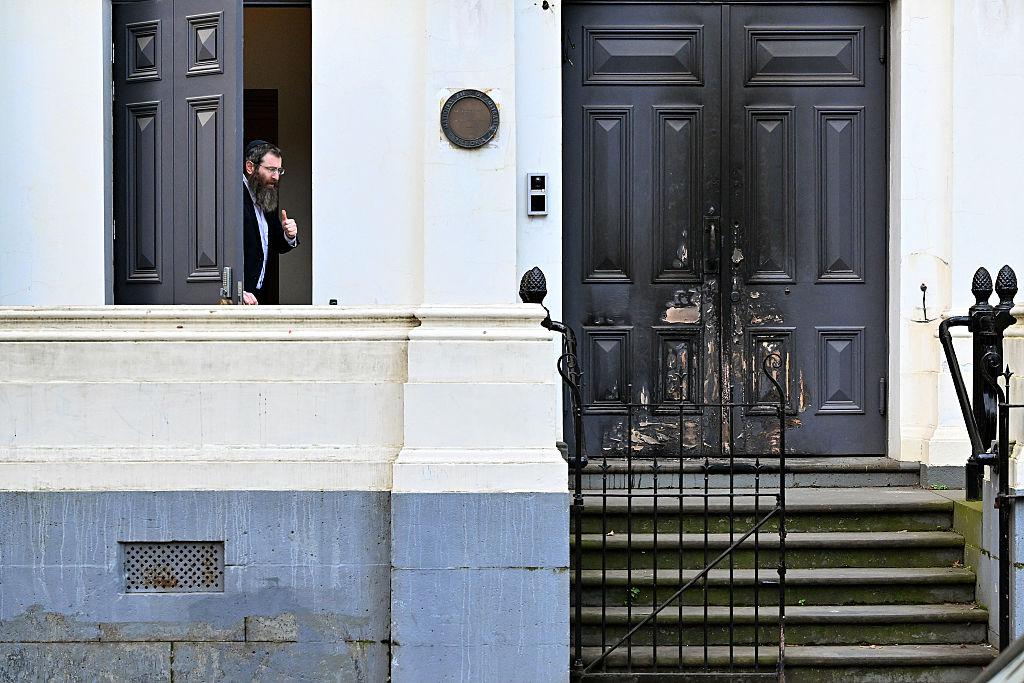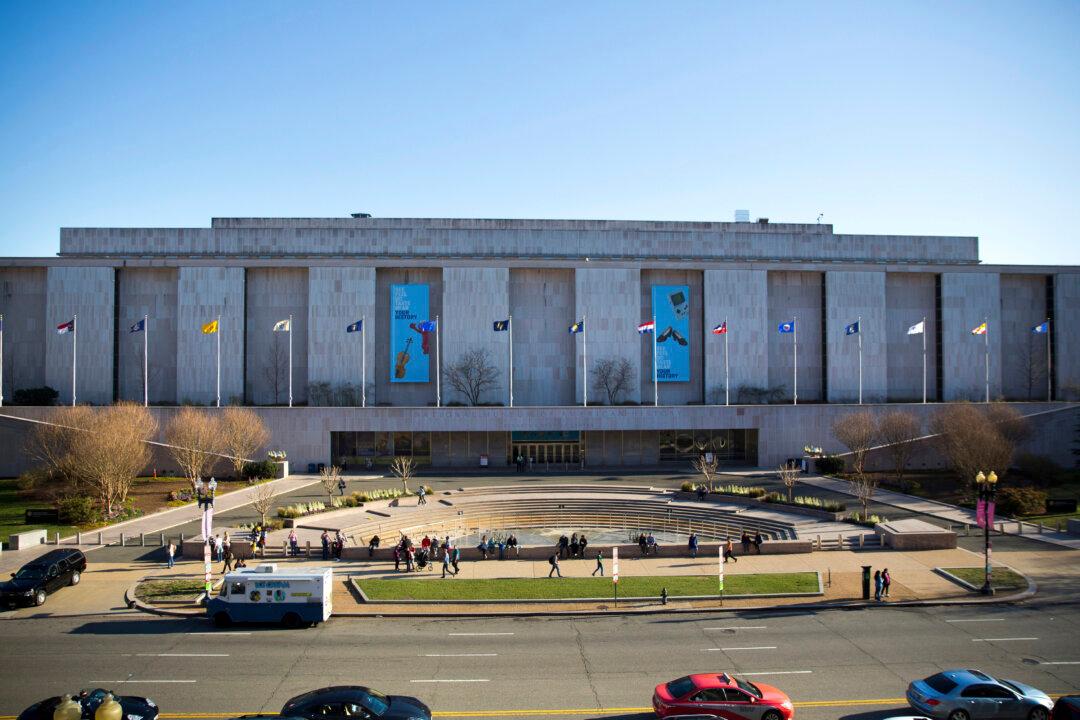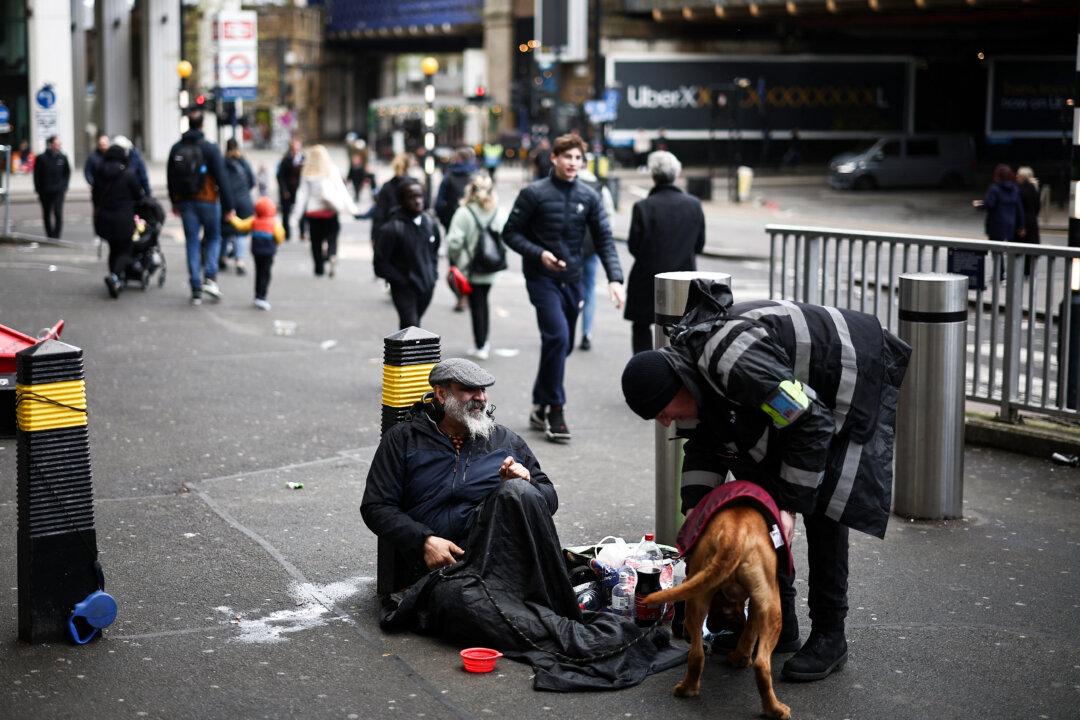Commentary
A group of artists and architects has called upon the Museum of Modern Art (MoMA) in New York to remove the name of Philip Johnson from all public mention on its walls or spaces, and if the recent record of cultural and educational institutions is anything to go by, they will soon have their way. As we have discovered of late, the inclination to appeasement did not end with Deladier and Chamberlain at Munich.





